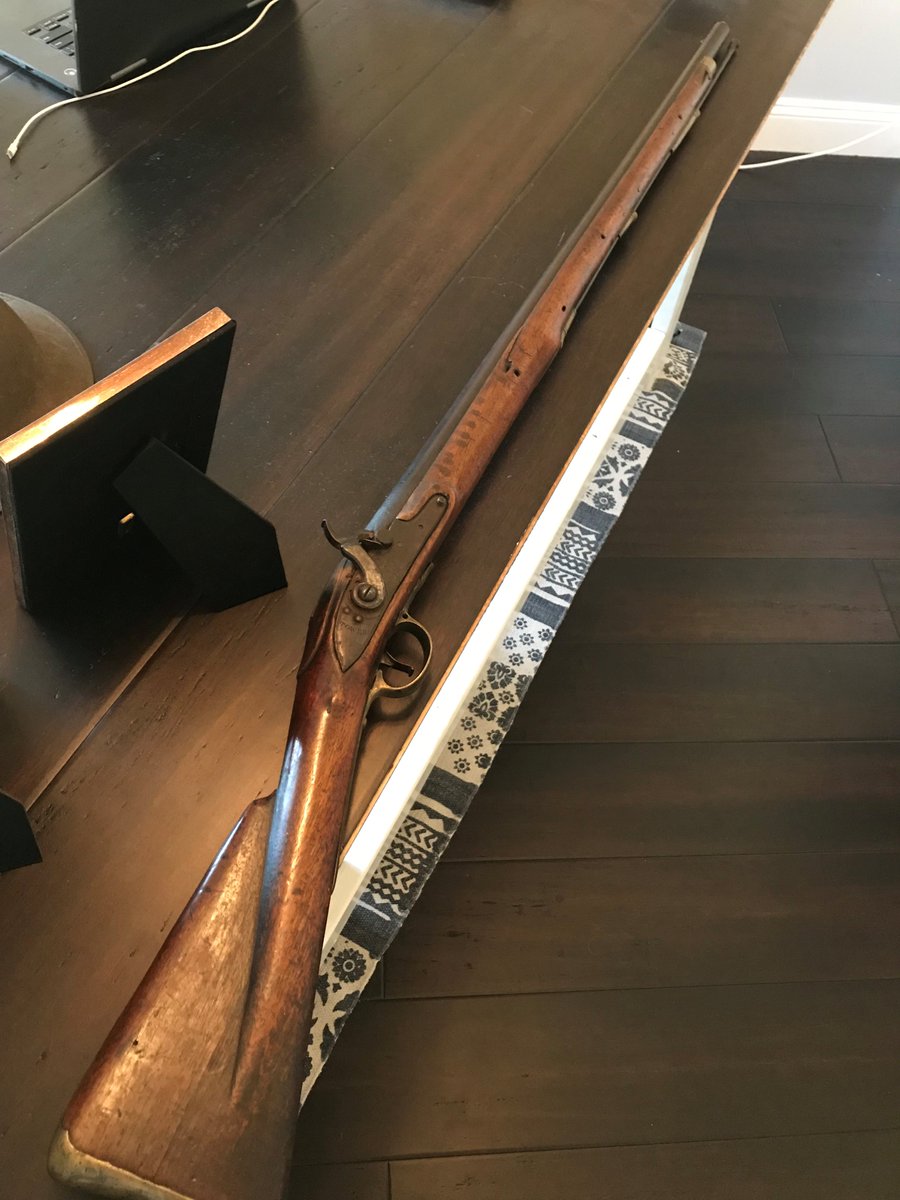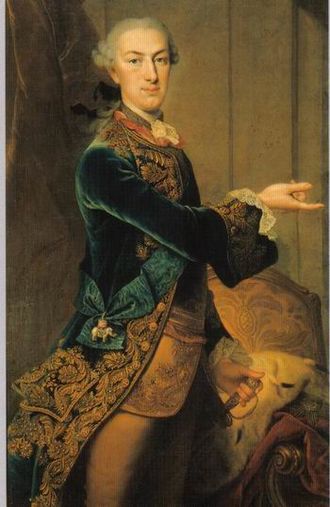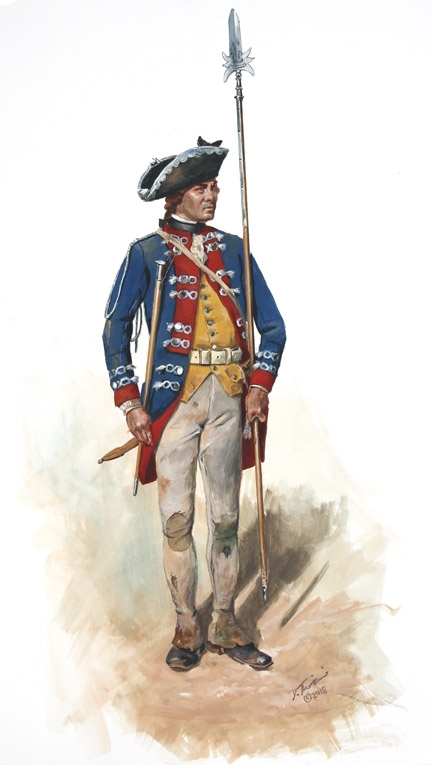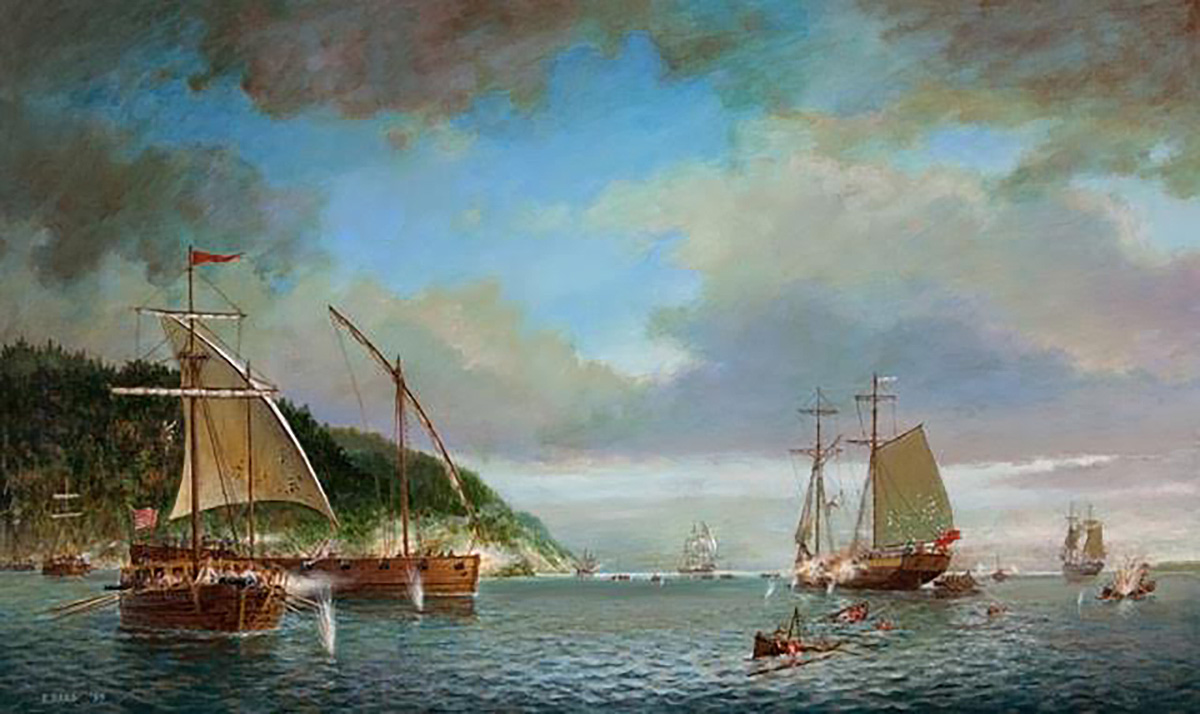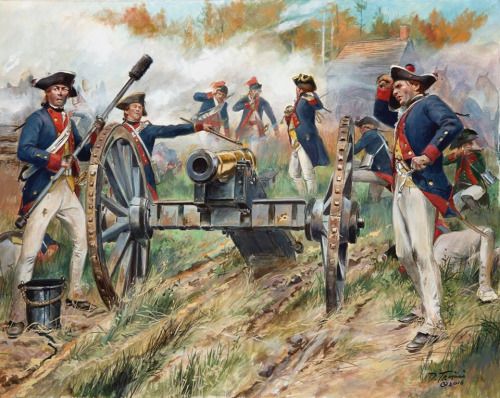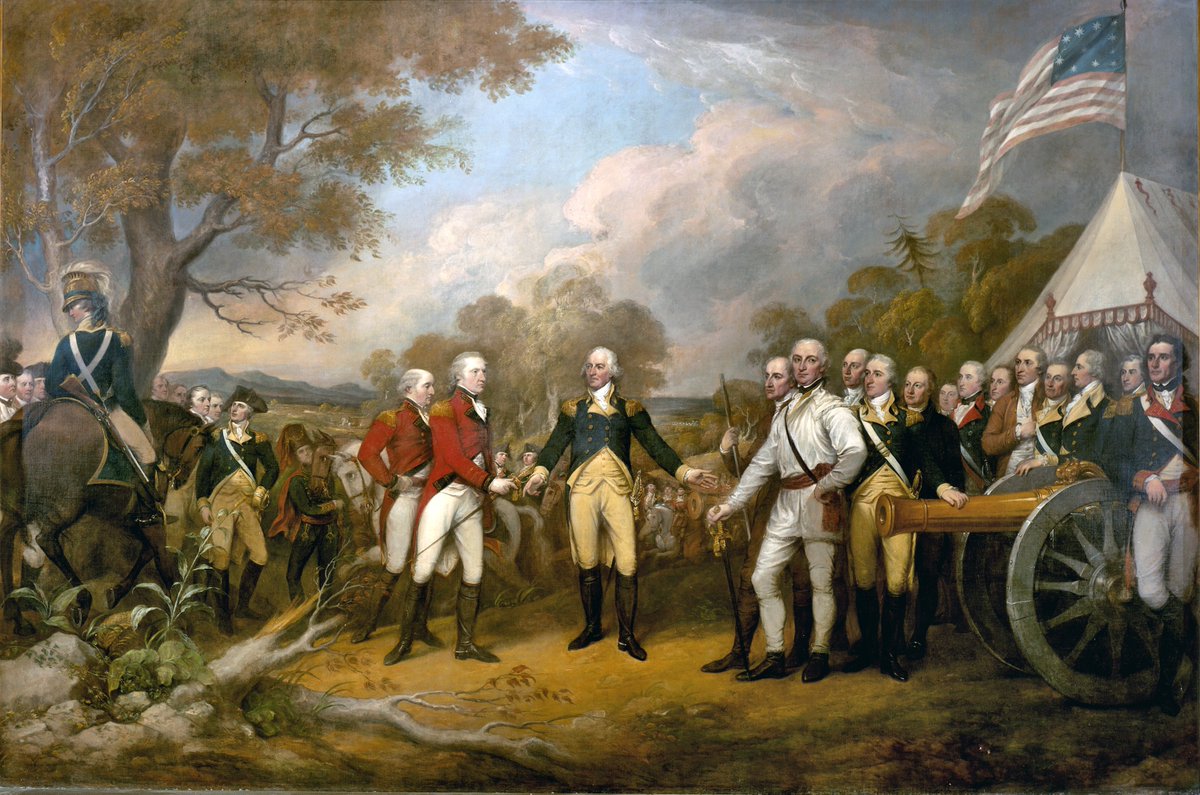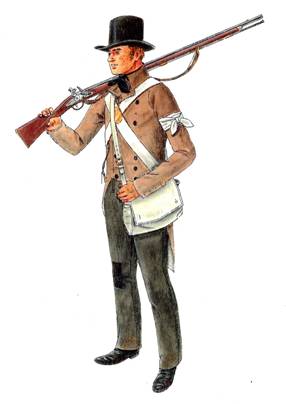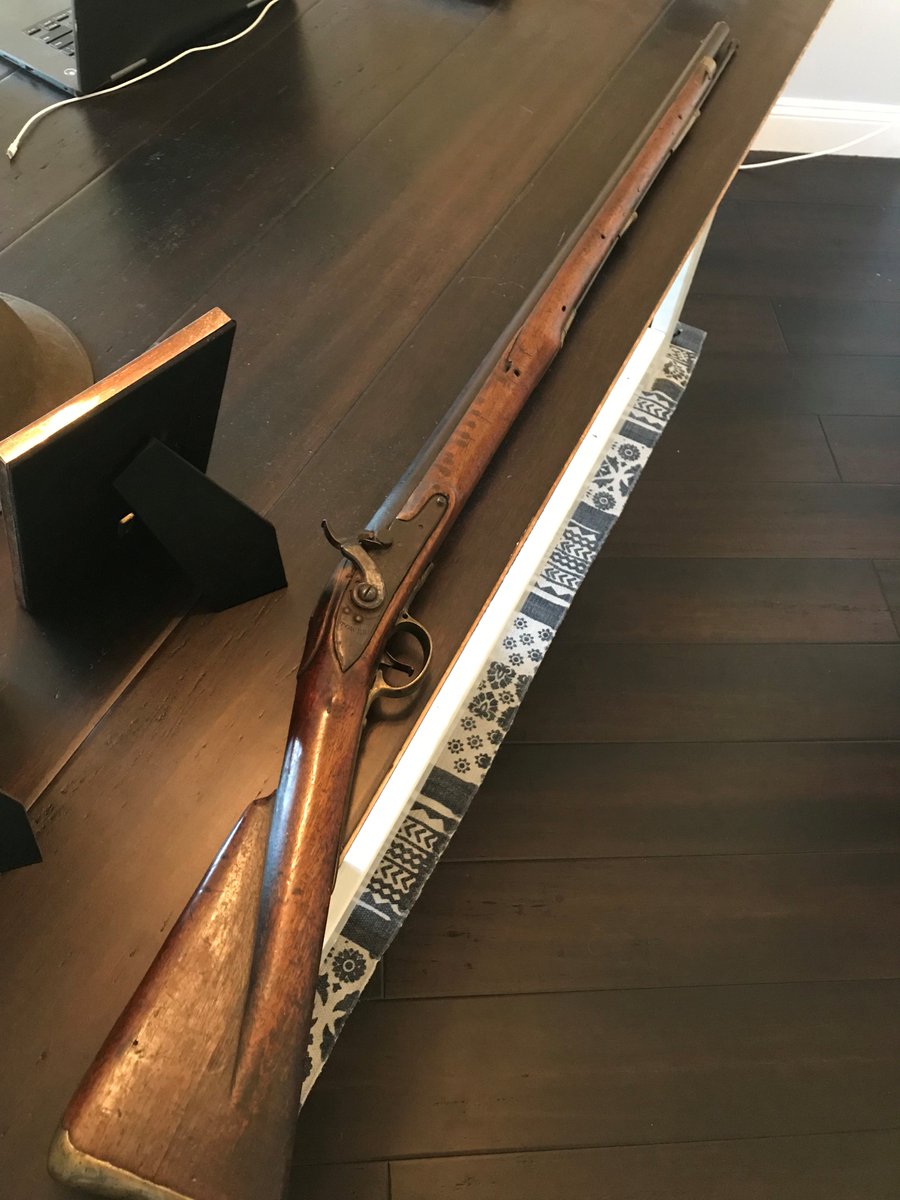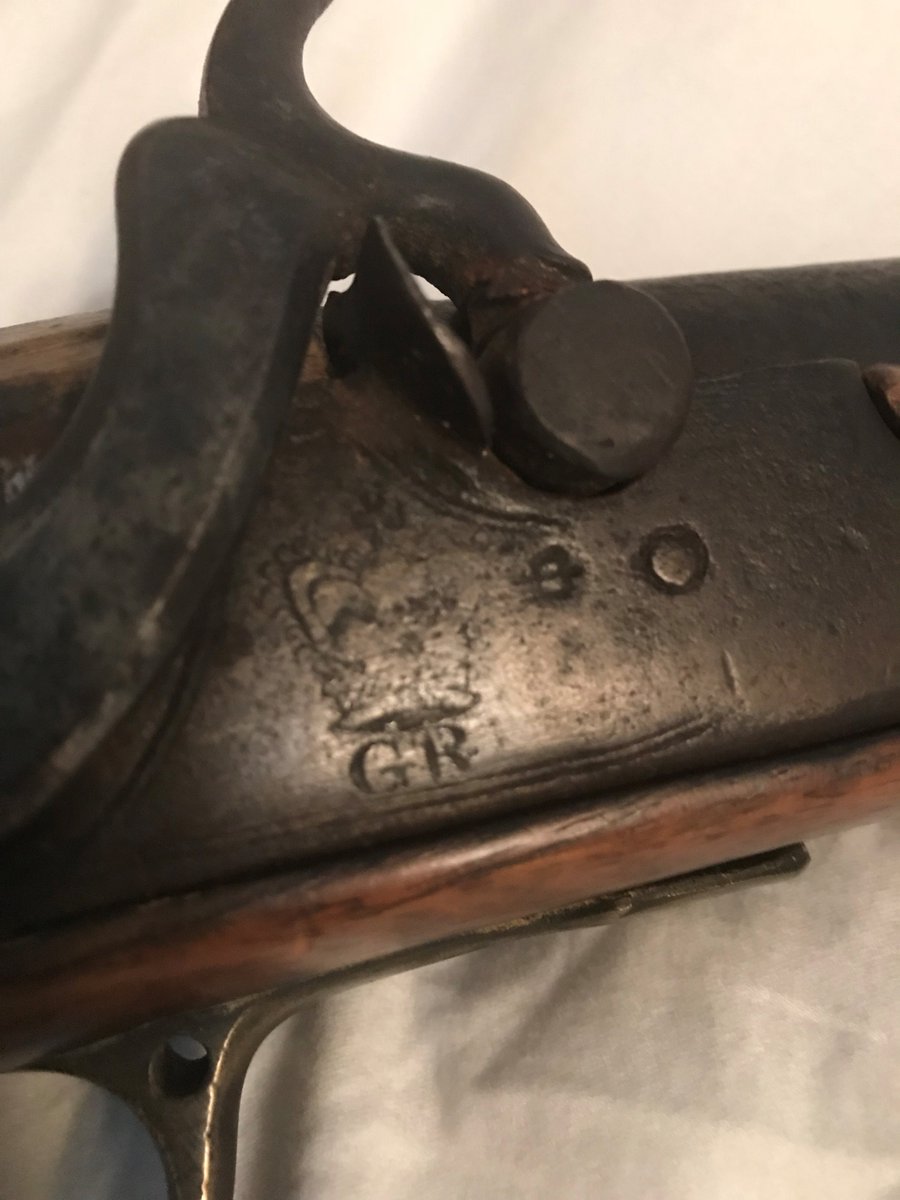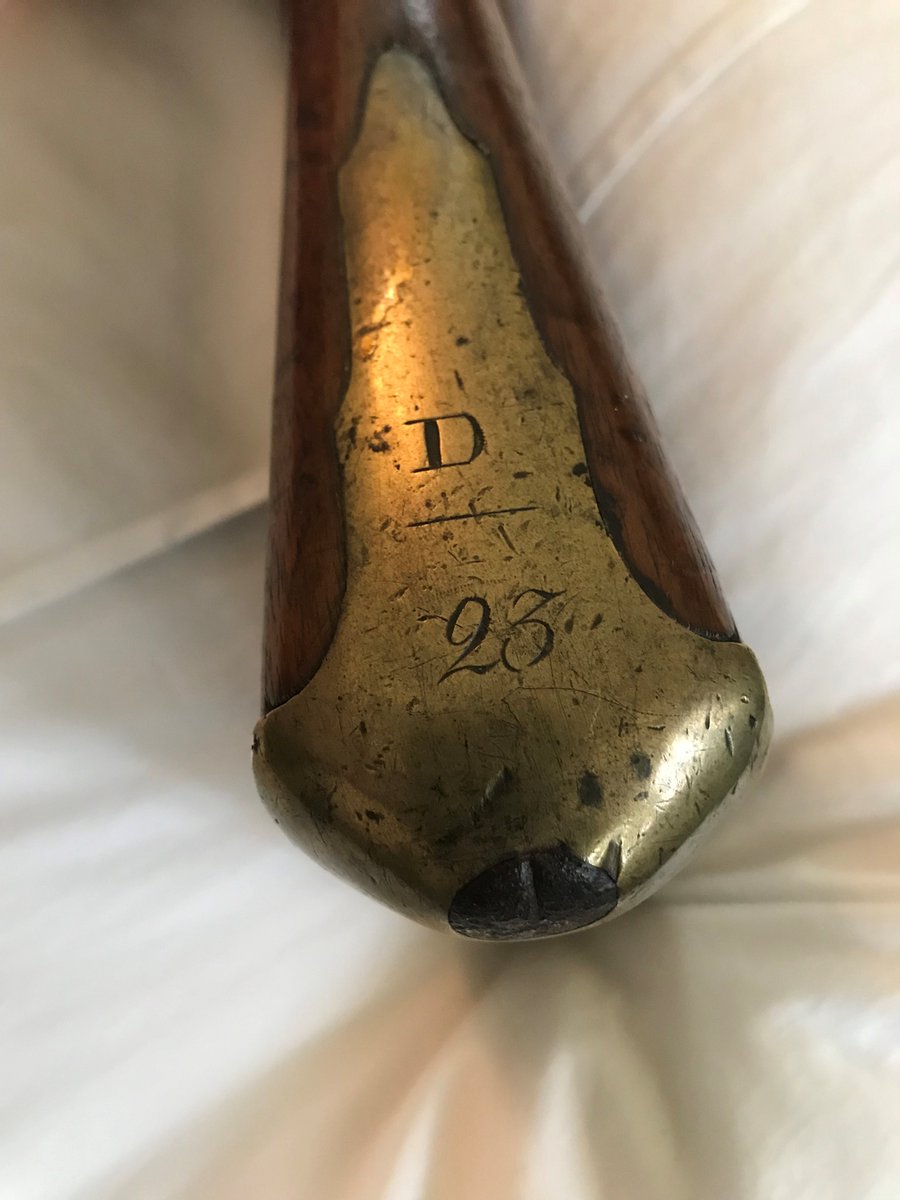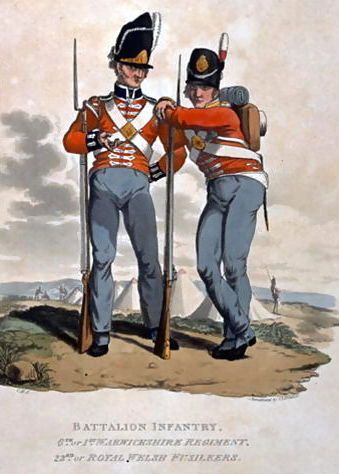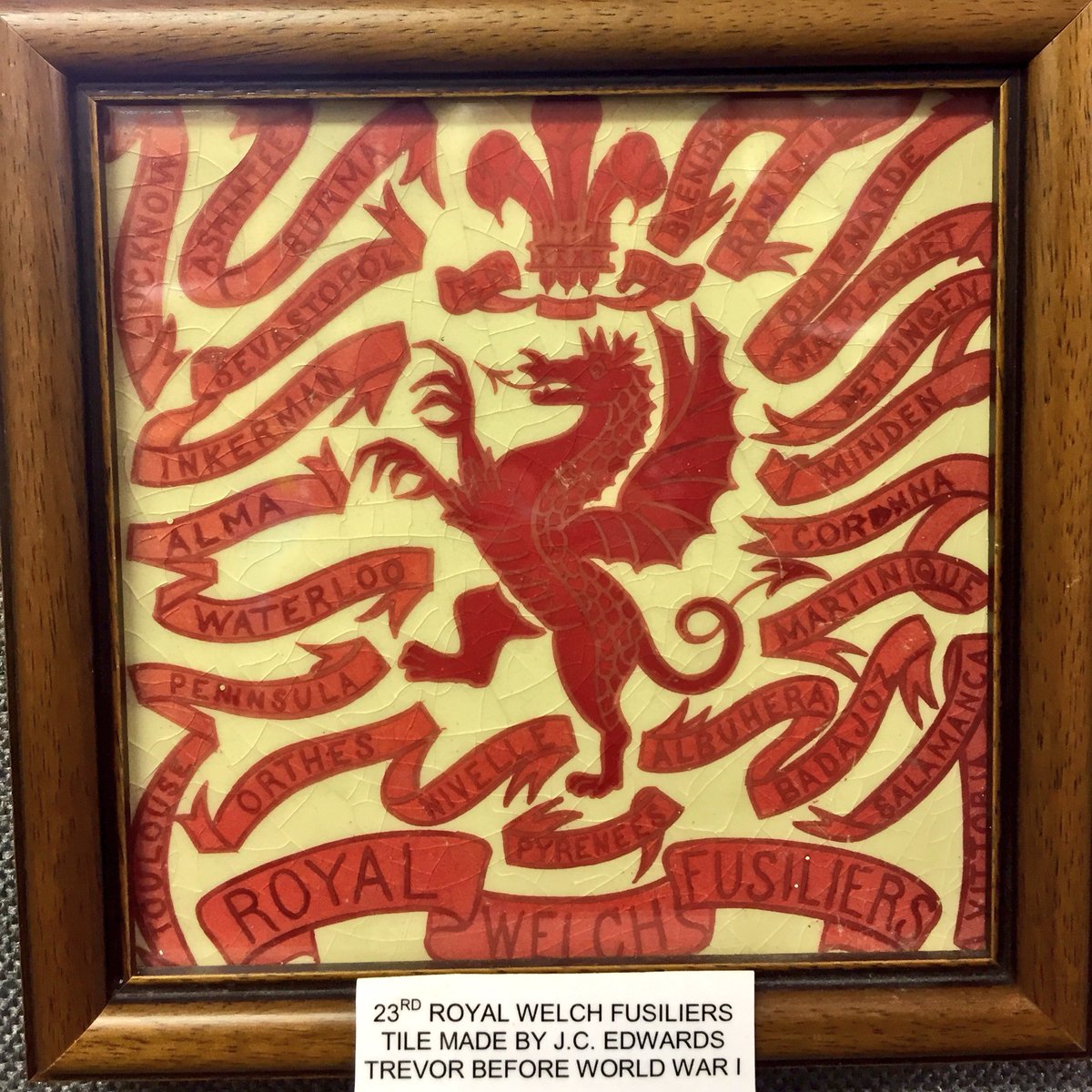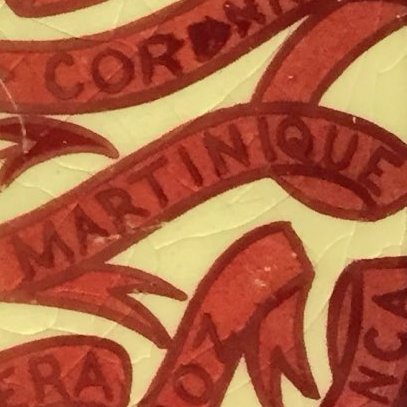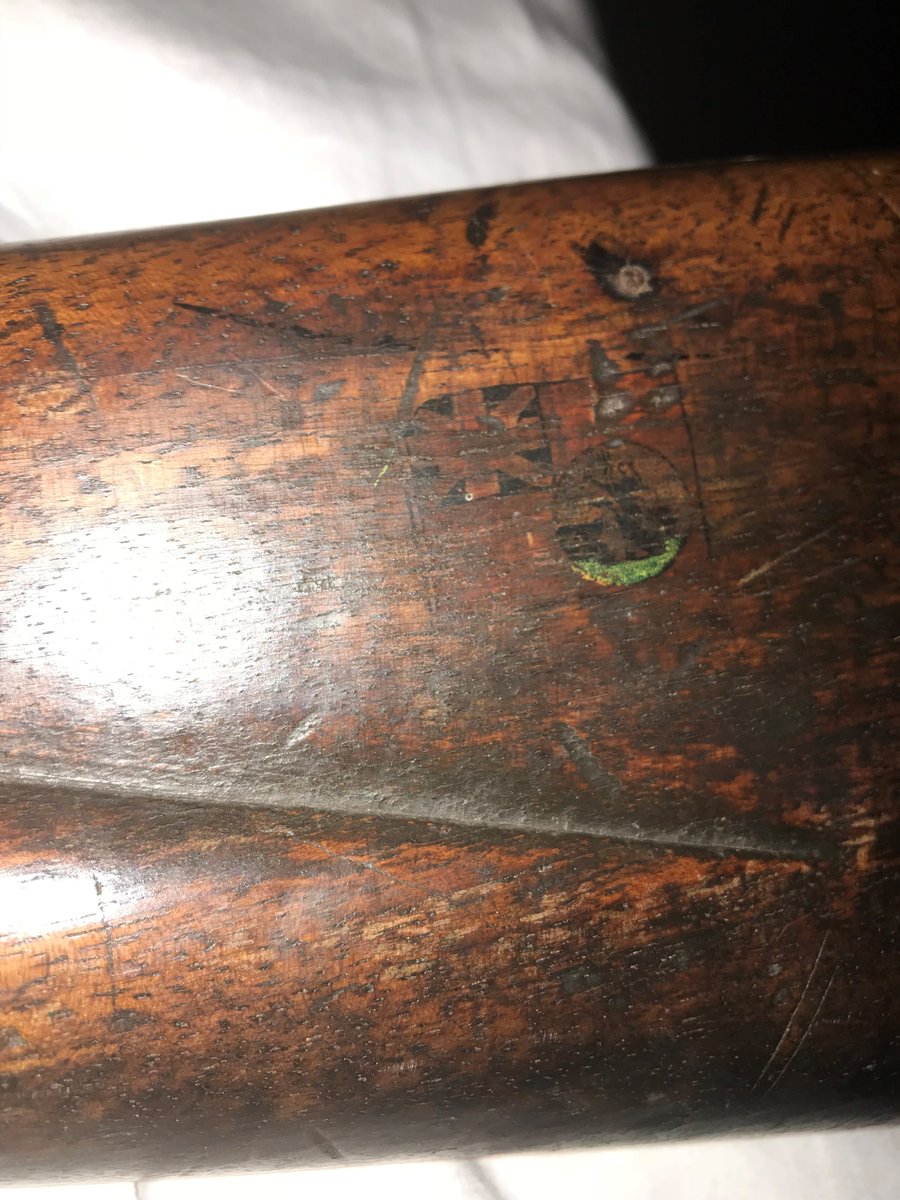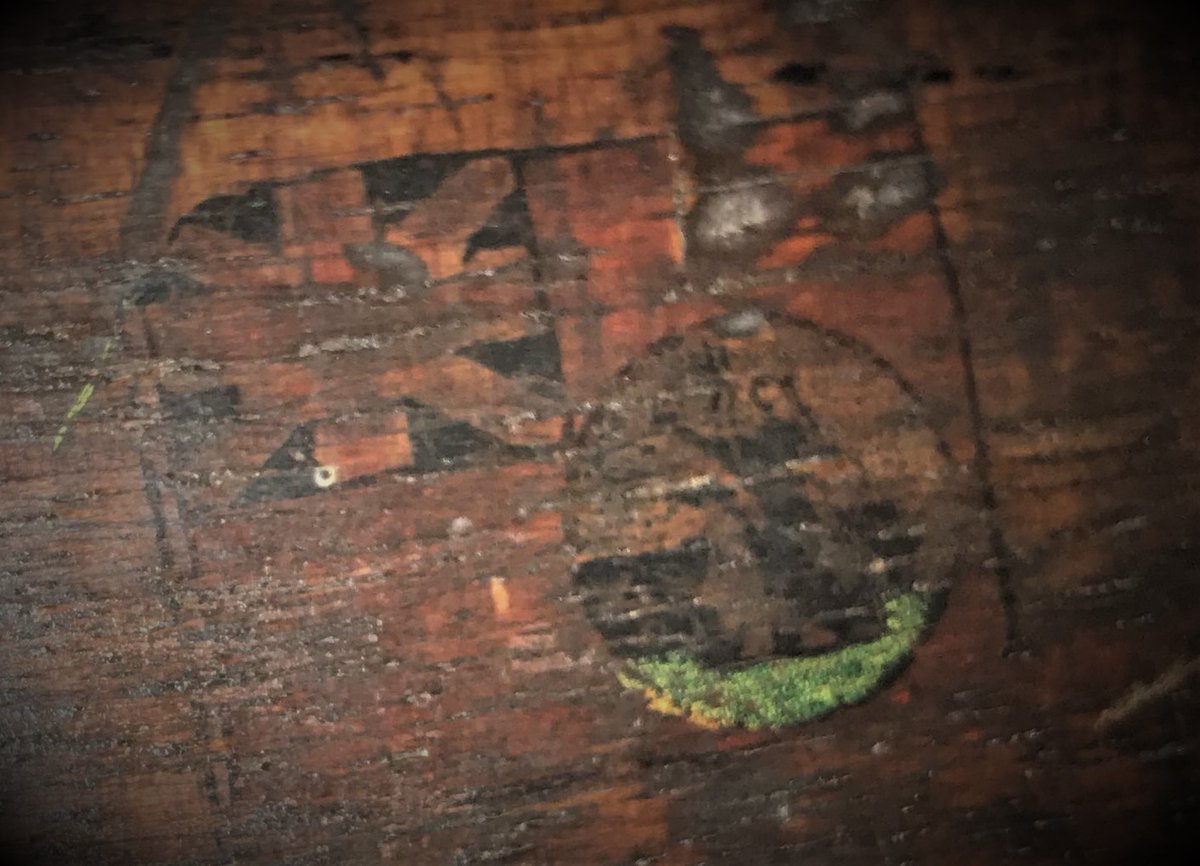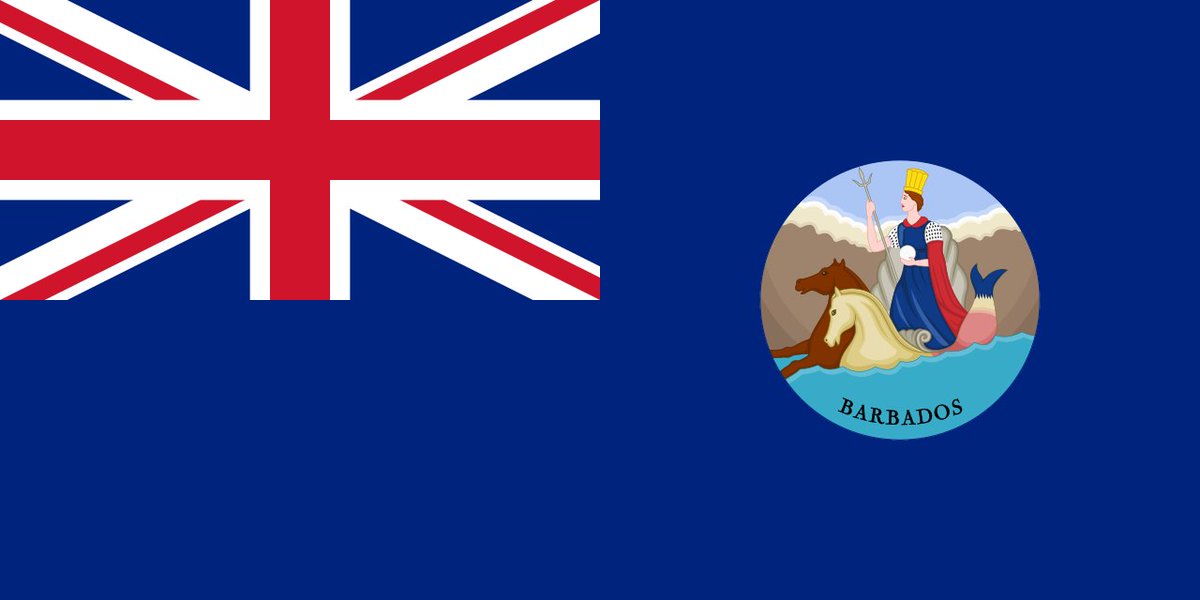So, I& #39;ve been doing a little #historyathome, and I thought I& #39;d share a few discoveries I made, which I thought were cool.
It involves #Hessians in the #revolutionarywar, #Saratoga, #Canadians, #Barbados & #Martinique, the #RoyalWelch Fusiliers, and this #BrownBess.
THREAD
It involves #Hessians in the #revolutionarywar, #Saratoga, #Canadians, #Barbados & #Martinique, the #RoyalWelch Fusiliers, and this #BrownBess.
THREAD
To begin, let& #39;s start with my GGGGG Grandfather, Johannes Anton Muth. In #1776, Johannes was a soldier in the service of Wilhelm IX, Prince of Hesse-Hanau.
Prince Wilhelm, who was strapped for cash, sold the services of his troops to his cousin, King George III
Prince Wilhelm, who was strapped for cash, sold the services of his troops to his cousin, King George III
So, #OTD in 1776, Johannes and his compatriots were shipping up the Rhine to the Netherlands, where they would eventually board the British transport "Juno" and sail for Canada.
Now, Johannes was attached to the Hesse-Hanau artillery, under the command of Capt. Georg Pausch. In October, 1776, Johannes would first see action at the Battle of #ValcourIsland, where the #HesseHanau artillery worked their guns on small gunboats, called bateaus.
But the Hesse-Hanau artillery are best known for their stubborn defense at #Saratoga; particularly at #BemisHeights, where the company saw some intense action. Their bravery is now immortalized in this great @DonTroiani watercolor!
It seems likely that Johannes was taken prisoner at the Bemis Heights, because, unlike most of his company that capitulated to Gen. Gates a week later, Johannes wasn& #39;t paroled and sent back to Germany.
So, where did he end up?
So, where did he end up?
Well, he and another fella from his company ran off and joined a German community in a place called Steinrabi (Stone Arabia) New York.
After the war, Johannes and his new German-American wife moved north, to Canada, where his son, Benjamin, would serve in the Canadian Militia.
After the war, Johannes and his new German-American wife moved north, to Canada, where his son, Benjamin, would serve in the Canadian Militia.
This is the musket Benjamin carried in the militia.
As you might notice, the flintlock was later converted to a caplock, probably in the 1830& #39;s.
But this Brown Bess carries some interesting clues as to its own history.
As you might notice, the flintlock was later converted to a caplock, probably in the 1830& #39;s.
But this Brown Bess carries some interesting clues as to its own history.
Upon closer examination of the musket, you& #39;ll find "D/23" stamped on the butt plate.
I think there& #39;s a very good chance the "D/23" is a reference to "Company D, 23rd Regiment," otherwise known as the #RoyalWelchFusiliers!
I think there& #39;s a very good chance the "D/23" is a reference to "Company D, 23rd Regiment," otherwise known as the #RoyalWelchFusiliers!
So, why do I think this musket once belonged to a Welch Fusilier?
Well, in Feb. 1808, the 1st Battalion of the 23rd, of which Co. D belonged, was sent to Nova Scotia. In December of that year, the 1st Battalion was shipped from Nova Scotia down to the #WestIndies.
Well, in Feb. 1808, the 1st Battalion of the 23rd, of which Co. D belonged, was sent to Nova Scotia. In December of that year, the 1st Battalion was shipped from Nova Scotia down to the #WestIndies.
In January 1809, the Battalion assembled in Carlisle Bay, #Barbados, for an expedition against the French island of #Martinique.
In Feb. 1809, the Battalion landed at Martinique and participated in the successful storming of Fort Bourbon.
In Feb. 1809, the Battalion landed at Martinique and participated in the successful storming of Fort Bourbon.
After Martinique, the Battalion returned to Nova Scotia, before embarking once again to join Wellington& #39;s forces on the Peninsula.
So, that history certainly places the Welch Fusiliers in Canada at the relevant time period.
But there& #39;s also 1 more exciting clue!
So, that history certainly places the Welch Fusiliers in Canada at the relevant time period.
But there& #39;s also 1 more exciting clue!
Some bloke actually drew a British Ensign onto the butt of the rifle. I had always assumed it was my ancestor& #39;s doodling of a Canadian flag, but upon closer examination, I realized I was wrong!
That& #39;s not a Canadian flag, it& #39;s a Barbadian flag!
Look closely, and you can see Britannia riding sea horses with a trident in her hand.
For a comparison, look at this depiction of a later Barbadian flag from the late 1800& #39;s.
Look closely, and you can see Britannia riding sea horses with a trident in her hand.
For a comparison, look at this depiction of a later Barbadian flag from the late 1800& #39;s.
For those interested in #vexillology, you might note that the *earlier* version of the flag is a *red* ensign, as opposed to blue.
Seeing as the Royal Welch served in the West Indies, I think the flag is strong evidence the musket originally saw service with the Royal Welch.
Seeing as the Royal Welch served in the West Indies, I think the flag is strong evidence the musket originally saw service with the Royal Welch.
My guess is that whoever carried this Musket with the Royal Welch in the West Indies was killed (either by wounds or through sickness), and that when the Battalion returned to Nova Scotia, the musket was kept as surplus and later issued to the militia.
/End.
/End.

 Read on Twitter
Read on Twitter